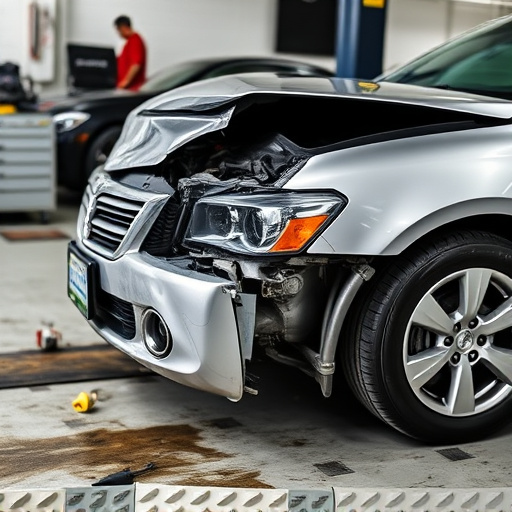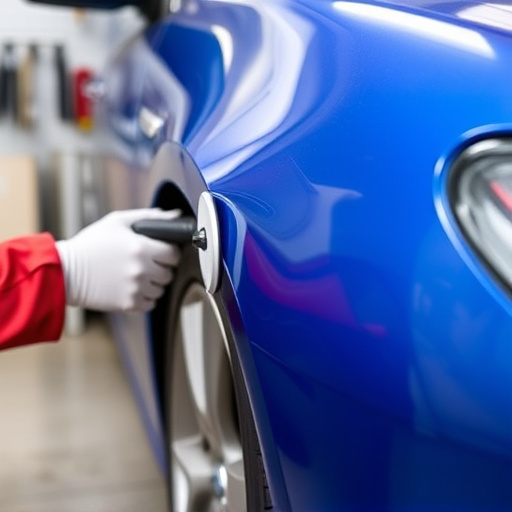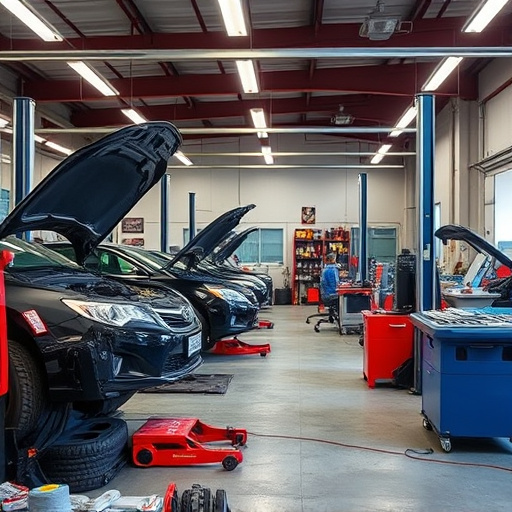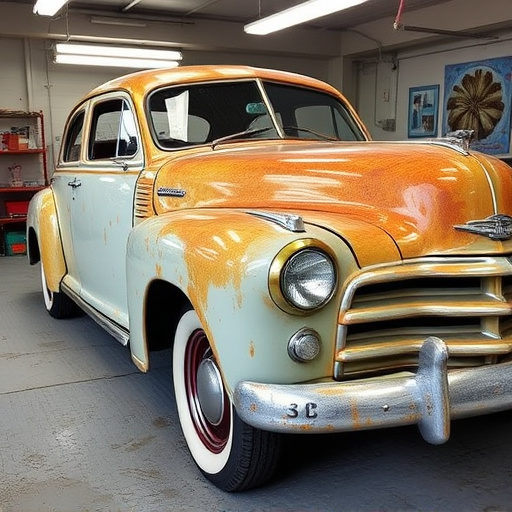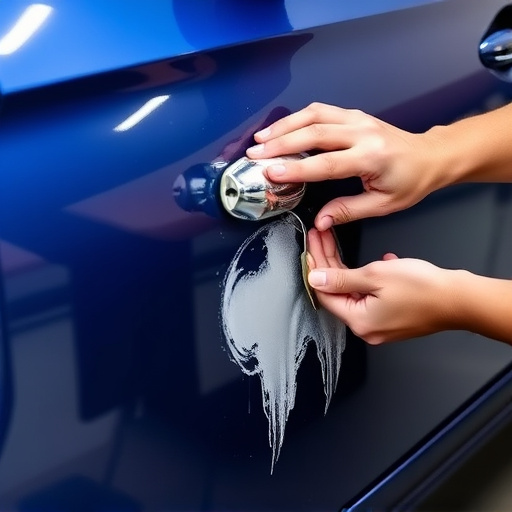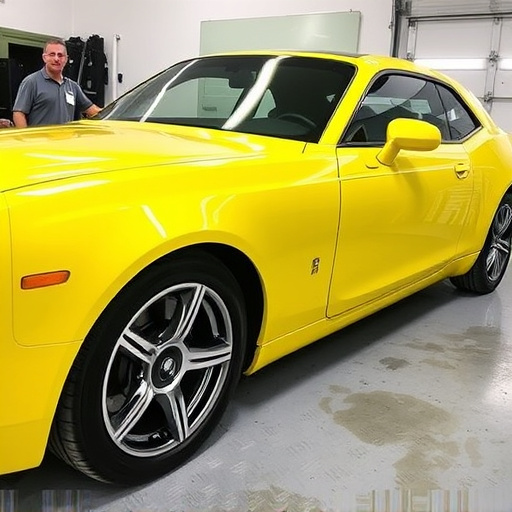Tesla’s Safety Cell, a revolutionary design for crash protection, is at the heart of their vehicle’s safety. This innovative structure requires meticulous restoration and certification for optimal crashworthiness. In this article, we explore the intricacies of Tesla Safety Cell Restoration, delving into its significance, the step-by-step process, and the tangible benefits it brings to both safety and resale value. Discover how certified restoration ensures Tesla vehicles meet the highest standards of protection.
- Understanding Tesla Safety Cell Restoration: The Foundation of Crashworthiness
- The Process: Restoring and Certifying Crashworthiness in Tesla Vehicles
- Benefits and Impact: Enhanced Safety and Resale Value through Certified Restoration
Understanding Tesla Safety Cell Restoration: The Foundation of Crashworthiness

Tesla Safety Cell Restoration is a groundbreaking process that forms the very foundation of the brand’s commitment to crashworthiness. It involves meticulously rebuilding and reinforcing the vehicle’s structural core, ensuring that every component is in optimal condition to protect occupants in the event of a collision. This meticulous approach goes beyond mere auto body restoration; it’s about enhancing the car’s inherent safety features, making them even more robust and reliable.
The process encompasses a series of intricate steps, from thorough inspection to precise replacement of damaged parts. Every detail is considered to maintain the structural integrity of the vehicle, ensuring that the restored safety cell performs just as effectively as a brand-new one. This level of dedication to car body restoration not only preserves the aesthetic appeal but more importantly, reinforces Tesla’s reputation for crafting vehicles with unparalleled crashworthiness and safety standards.
The Process: Restoring and Certifying Crashworthiness in Tesla Vehicles

The process of restoring Tesla vehicles to their original crashworthiness begins with a meticulous inspection. Every component of the safety cell is evaluated, from the frame and body panels to the airbags and restraint systems. This thorough examination identifies any damage or weakness that could compromise the vehicle’s structural integrity in a collision. Once identified, these issues are addressed using advanced techniques like paintless dent repair for the vehicle bodywork, ensuring minimal interference with the car’s safety features.
After repairs, Tesla subjects the restored vehicles to rigorous crash tests. These simulations mimic real-world scenarios, testing the strength and deployment of airbags, the performance of restraint systems, and overall structural integrity. Upon successful completion of these tests, Tesla receives official certification, guaranteeing that each restored vehicle meets the highest safety standards. This meticulous process not only restores the crashworthiness of Tesla vehicles but also ensures they remain reliable, secure, and ready for the road.
Benefits and Impact: Enhanced Safety and Resale Value through Certified Restoration

Tesla safety cell restoration is a game-changer for both vehicle owners and the automotive industry as a whole. The process involves meticulous repair and reinforcement of the car’s structural integrity, ensuring that every component meets crashworthiness certification standards. This rigorous procedure not only restores the vehicle to its pre-accident condition but significantly enhances its overall safety features.
Certified restoration offers several benefits, including increased resale value for Tesla owners. A well-restored vehicle with documented collision repair history commands a higher market price due to its enhanced safety profile and visual appeal. Car paint services play a crucial role in this process, ensuring that the exterior is not just repaired but also revitalized to match the original factory finish. This attention to detail not only improves aesthetics but also communicates the commitment to excellence in auto painting, fostering trust among potential buyers.

